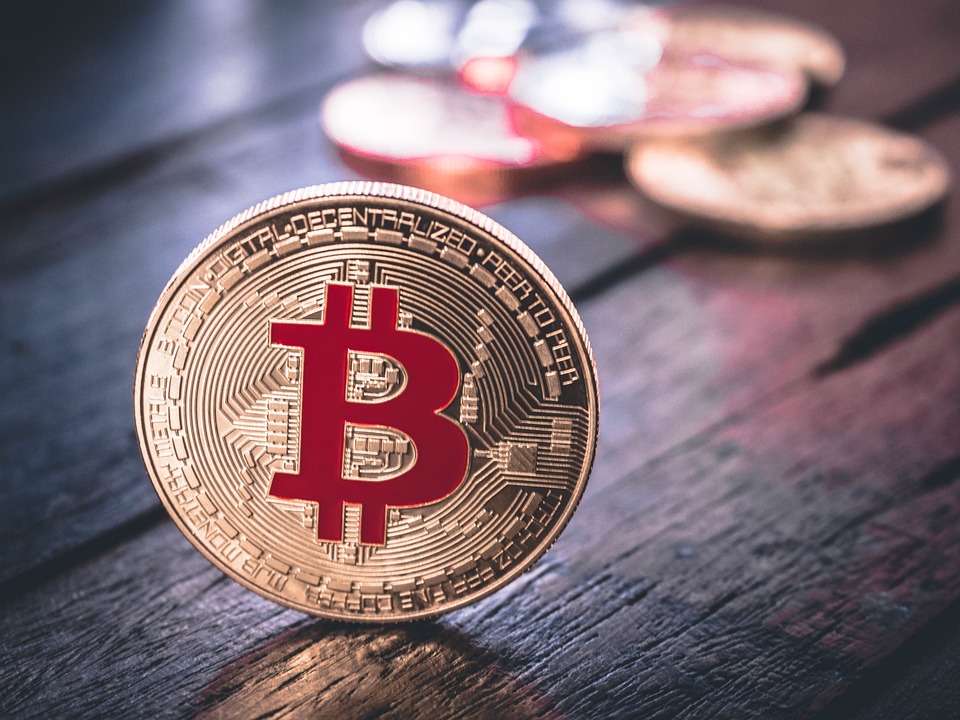Bitcoin, the pioneering cryptocurrency, has significantly transformed the financial landscape since its inception in 2009. As more individuals and institutions dive into this digital asset, concerns about security have surged. With substantial investments flowing into Bitcoin, understanding and implementing security best practices is critical for protecting your assets. Here’s a comprehensive guide to ensure your Bitcoin investment is secure.
1. Choose a Secure Wallet
The type of wallet you choose plays a significant role in the safety of your Bitcoin investment. There are three primary types of wallets:
-
Hot Wallets: These are online wallets that are convenient for transactions but more vulnerable to hacks. Examples include exchanges and web wallets. Use them only for small amounts or active trading.
-
Cold Wallets: These are offline wallets that store Bitcoin without being connected to the internet, providing enhanced security against online threats. Common cold wallets include hardware wallets like Ledger and Trezor or even paper wallets.
- Multi-Signature Wallets: These wallets require multiple private keys to authorize transactions, adding an extra layer of security. They can be particularly useful for organizations and partnerships.
Best Practice: Keep the bulk of your Bitcoin in cold storage, using hot wallets only for day-to-day transactions.
2. Use Strong Passwords and Enable Two-Factor Authentication (2FA)
Whether it’s your wallet or an exchange account, a strong password is your first line of defense. Implement the following strategies:
-
Create Complex Passwords: Use a mix of upper and lower case letters, numbers, and special characters. A password manager can help generate and store these securely.
- Enable Two-Factor Authentication: Adding 2FA provides an additional layer of security by requiring a second form of verification, such as a text message or authentication app (like Google Authenticator or Authy).
Best Practice: Avoid using the same password across multiple platforms and update them routinely.
3. Stay Aware of Phishing Attacks
Phishing attacks continue to be a prevalent threat in the crypto space. Cybercriminals often impersonate exchanges or wallets to obtain sensitive information. To combat this:
-
Verify URLs: Always check the website URL to ensure you’re on the legitimate site. Bookmarks can help ensure you enter the correct address.
- Be Wary of Unsolicited Emails: Avoid clicking on links in emails or messages from unknown sources. If in doubt, visit the official website directly.
Best Practice: Keep updating your knowledge on new phishing schemes and educate others around you.
4. Keep Your Software Updated
The security landscape is ever-evolving, with new vulnerabilities being discovered regularly. Keeping your software up to date is crucial.
-
Update Your Wallet: Whether using a mobile, desktop, or hardware wallet, always install updates promptly to patch security holes.
- Keep Your Devices Secure: Ensure your operating system, antivirus software, and any apps installed on your devices are current.
Best Practice: Enable automatic updates where possible to minimize the risk of overlooking critical patches.
5. Backup Your Wallet
Losing access to your Bitcoin wallet can be a devastating experience. To mitigate this risk:
-
Regular Backups: Periodically back up your wallet and store these backups securely, both online in encrypted formats and offline, such as external hard drives or USB sticks.
- Seed Phrases: Most wallets provide a seed phrase (a series of words) for recovery. Write this down and store it in a safe physical location, separate from your devices.
Best Practice: Check your backup’s accessibility periodically to ensure a seamless recovery if needed.
6. Be Cautious with Public Wi-Fi and Devices
Public Wi-Fi networks pose a significant risk as they can be easily compromised. When accessing your Bitcoin or related accounts:
-
Avoid Public Wi-Fi: If possible, use a Virtual Private Network (VPN) to encrypt your connection.
- Secure Your Devices: Ensure that your device is free from malware and has strong security features enabled.
Best Practice: Use your own secure internet connection whenever dealing with your cryptocurrencies.
7. Educate Yourself
The cryptocurrency space is dynamic, and staying informed is vital for security:
-
Follow Industry News: Regularly read up on trends, security incidents, and technological advancements within the crypto world.
- Join Communities: Engage with cryptocurrency communities, forums, or local meet-ups to share knowledge and learn from seasoned investors.
Best Practice: No question is too trivial when it comes to security; when in doubt, seek advice from trusted sources.
Conclusion
Investing in Bitcoin can be both rewarding and daunting. However, prioritizing security can significantly mitigate risks associated with this digital asset. By choosing a secure wallet, employing strong passwords, staying vigilant against phishing attempts, and remaining educated, you can protect your investment effectively. Remember, the security of your Bitcoin ultimately rests in your hands. Make informed decisions and stay one step ahead of potential threats to enjoy a safer investment journey in the world of cryptocurrency.


